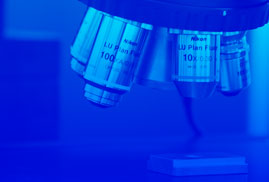The increased concern for environment and sustainability are pushing machining operations towards the reduction or even complete elimination of cutting fluids. Grinding is not excluded from this objective, but greater difficulties appear due to the nature of the material removal mechanisms. In this work, two approaches aiming at the optimization of fluid application in grinding are presented.
First, the influence of nozzle design on the development of velocity and pressure fields is studied using CFD tools. A new nozzle design that optimizes the characteristics of the jet is introduced, analyzed and manufactured. Grinding experiments show that improvements in wheel life and surface finish are possible using the new nozzle. Second, the performance of a new grinding technology that combines MQL with low-temperature CO2 is evaluated trough industrial grinding tests. Results show an increased performance in terms of friction conditions and surface finish.



